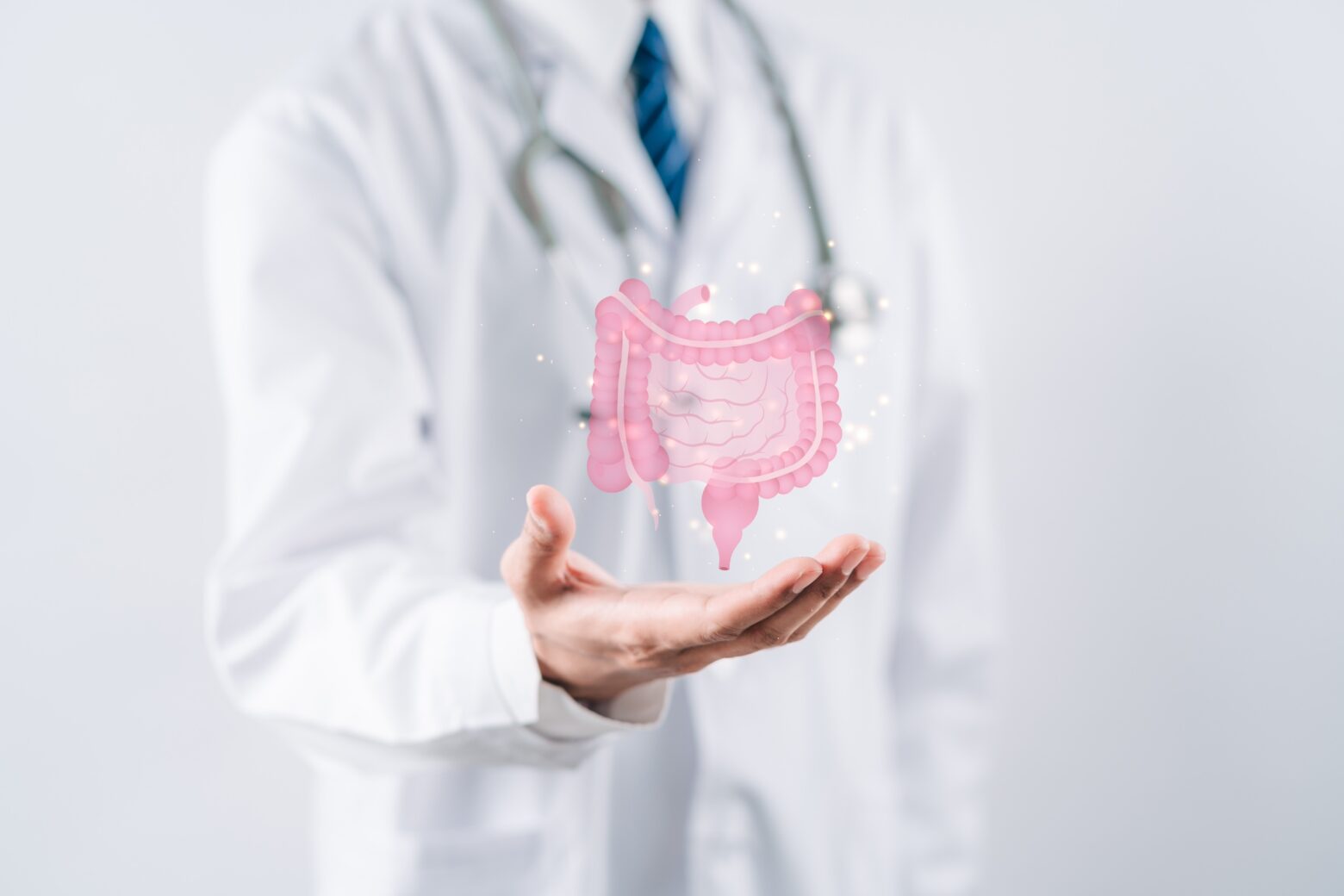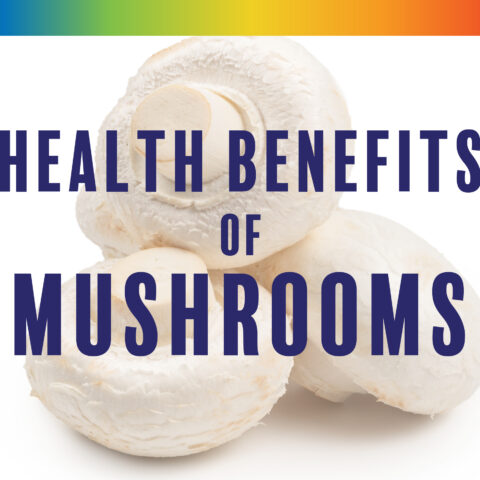How the Paleo Lifestyle Optimizes the Microbiome: Part Two

In Part One of this two-part series, we defined the microbiome and outlined its many functions. In Part 2, we’ll compare the microbiomes of contemporary populations with those of our ancestors, we’ll see how the Paleo lifestyle benefits the microbiome, and we’ll examine the claims of a prominent Paleo critic who believes the exclusion of grains detracts from microbiome health.
Learning from Hunter-Gatherers
In Part 1, we learned that bacterial species diversity is key to microbiome health. As diversity decreases, the microbiome becomes less robust and less capable of optimally performing its many duties. To assess the impact of diet and lifestyle, several studies have compared the microbiomes of modern city dwellers with those of traditional hunter-gatherers. Invariably, the microbiomes of hunter-gatherers are far more diverse. For example, a 2013 study published in Nature showed Hadza hunter-gatherers from Tanzania to “have higher levels of microbial richness and biodiversity than Italian urban controls.”1
In a 2015 study out of Alberta Canada, researchers analyzed microbiome samples from an Yanomami Amerindian village with no previous documented contact with Western people. This group exhibited the “highest diversity of bacteria and genetic functions ever reported in a human group.”2 One explanation for the Yanomami’s microbial diversity is the diversity of their diets. Food seasonality and foraging lifestyles, for example, “lead to oscillating microbial populations depending on resource availability.”3
Those of us following contemporary Paleo Diets should take clues from the Yanomami. We’re creatures of habit, but monotony has its consequences. To harness the potential of the Paleo diet, we should eat seasonally, selecting a wide variety of foods from the Paleo template.
The Consequences of Low Microbiome Diversity
Modern lifestyles have resulted in decreased microbiome diversity, but what does this mean from a health perspective? Low microbiome diversity may cause or accelerate the following conditions:
- Obesity4,5
- Inflammatory bowel diseases6
- Liver diseases, including nonalcoholic fatty liver disease, steatohepatitis, alcoholic liver disease, and cirrhosis7
- Allergy diseases8
Additionally, there is growing interest in the microbiome’s role in neurological conditions, including anxiety, depression, autism, schizophrenia and neurodegenerative disorders. The US Office of Naval Research recently committed $14.5 million to study the gut’s role in cognitive function and stress responses. Meanwhile, the European Union has launched MyNewGut, a €9 million, five-year project investigating links between the gut, brain development, and brain disorders.9
Does Paleo improve or detract from the microbiome?
Paleo critics are frequently confused about the Paleo diet. Dr. Thomas Kellman, author of The Microbiome Diet, is no exception. Kellman has repeatedly criticized the Paleo Diet, which he mistakenly believes “revolves around burgers, sausage, bacon, meat snack bars, cured meats, jerky and meat sticks.” According to Kellman, “The Paleo people have it exactly backwards. It’s not that our genes have programmed us to eat only a certain diet. Rather, our diet ‘programs’ our microbiome—and its genes.10” In some ways, Kellman is right, but he’s missing the larger picture.
In Part 1, we discussed the Human Microbiome Project (HMP), which was preceded by the Human Genome Project (HGP). Originally, HGP researchers expected to discover around 100,000 human genes. When they only discovered around 20,000, roughly the same amount attributed to fruit flies, they were surprised and humbled.11 Gradually, geneticists embraced the idea that we have two genomes, (1) our human genome and (2) our microbial genome.
Kellman points out that the microbiome rapidly adapts to our food choices. These adaptations, however, don’t override our human genome. They don’t alter, for example, our unique requirements for essential amino acids and essential fatty acids, which are best satisfied through animal protein and animal fat. When grains and legumes enter the diet, as Kellman recommends, the microbiome adapts, benefiting from the fiber those foods contain, but what about their pernicious components, like lectins, wheat germ agglutinin (WGA), and gliadin, which can damage the gut?12,13, What about phytates, which bind to minerals, preventing proper absorption?
The microbiome adapts rapidly, making the best of whatever we eat, but this doesn’t mean that “whatever we eat” suddenly becomes our ideal diet. Kellman’s recommended diet “is one that focuses on strengthening the numbers and types of bacteria that confer good health on humans,” which is precisely what Paleo does. As discussed in Part 1, a high-fiber, low-sugar diet is best for microbiome health. Kellman, however, wrongly believes the Paleo diet derives “55 percent of daily calories” from meat. He doesn’t realize the Paleo diet is extremely high in fiber, as Dr. Cordain has repeatedly highlighted.
A true Paleo diet does strengthen the number and diversity of gut bacteria through:
- A high fiber content of the diet through the inclusion of large amounts of fruits and vegetables and sparing amounts of nuts and seeds in the diet
- Increased diversity of bacteria (like our hunter-gatherer ancestors) by eating a variety of seasonal fruits and vegetables.
Conclusion
Our hunter-gather ancestors had extremely diverse microbiomes, primarily due to the diversity and high-fiber contents of their diets. Grains and legumes contain fiber, but they also contain gut-harming molecules. Whereas microbiome health depends on fiber, the best sources are those yielding net-positive health benefits, primarily vegetables, fruit, nuts, and seeds, all of which, incidentally, are Paleo foods.
References
[1] Schnorr S, et al. (Apr 2014). Gut microbiome of the Hadza hunter-gatherers. Nature Communications, 5(3654). Retrieved from //www.nature.com/ncomms/2014/140415/ncomms4654/full/ncomms4654.html
[2] Clemente JC, et al. (Apr 2015). The microbiome of uncontacted Amerindians. Science Advances, 1(3). Retrieved from //advances.sciencemag.org/content/1/3/e1500183.full
[3] Clemente JC, et al. (Apr 2015). The microbiome of uncontacted Amerindians. Science Advances, 1(3). Retrieved from //advances.sciencemag.org/content/1/3/e1500183.full
[4]Le Chatelier E, et al. (Aug 2013). Richness of human gut microbiome correlates with metabolic markers. Nature, 500(7464). Retrieved from //www.nature.com/nature/journal/v500/n7464/full/nature12506.html
[5] Cotillard A, et al. (Aug 2013). Dietary intervention impact on gut microbial gene richness. Nature, 500(7464). //www.nature.com/nature/journal/v500/n7464/full/nature12480.html
[6] Kostic AD, et al. (May 2014). The Microbiome in Inflammatory Bowel Disease: Current Status and the Future Ahead. Gastroenterology, 146(6). //www.gastrojournal.org/article/S0016-5085%2814%2900220-0/abstract
[7] Schnabl B, Brenner DA. (May 2014). Interactions Between the Intestinal Microbiome and Liver Diseases. Gastroenterology, 146(6). Retrieved from //www.gastrojournal.org/article/S0016-5085%2814%2900077-8/abstract
[8] Abrahamsson TR, et al. (2015). Gut microbiota and allergy: the importance of the pregnancy period. Pediatric Research, 77(1-2). Retrived from //www.nature.com/pr/journal/v77/n1-2/abs/pr2014165a.html
[9] Smith PA. (October 14, 2015). The tantalizing links between gut microbes and the brain. Nature, 526(7573). Retrieved from //www.nature.com/news/the-tantalizing-links-between-gut-microbes-and-the-brain-1.18557
[10] Kellman, R. (Jan 14, 2015). The Microbiome Diet: Evolving Past Paleo. The Huffington Post. Retrieved from //www.huffingtonpost.com/dr-raphael-kellman/the-microbiome-diet-evolv_2_b_6436122.html
[11]Turnbaugh, PJ, et al. (Oct 2007). The human microbiome project: exploring the microbial part of ourselves in a changing world. Nature, 449(7164). Retrieved from //www.ncbi.nlm.nih.gov/pmc/articles/PMC3709439/
[12] Ertl, B., et al., Lectin-mediated bioadhesion: preparation, stability and caco-2 binding of wheat germ agglutinin-functionalized Poly(D,L-lactic-co-glycolic acid)-microspheres. J Drug Target, 2000. 8(3): p. 173-84
[13] Dalla Pellegrina, C., et al., Effects of wheat germ agglutinin on human gastrointestinal epithelium: insights from an experimental model of immune/epithelial cell interaction. Toxicol Appl Pharmacol, 2009. 237(2): p. 146-53.
Christopher Clark
Christopher Clark is an entrepreneur, food writer, and business owner with years of experience with nutrition.
More About The Author




